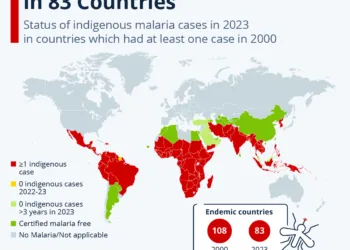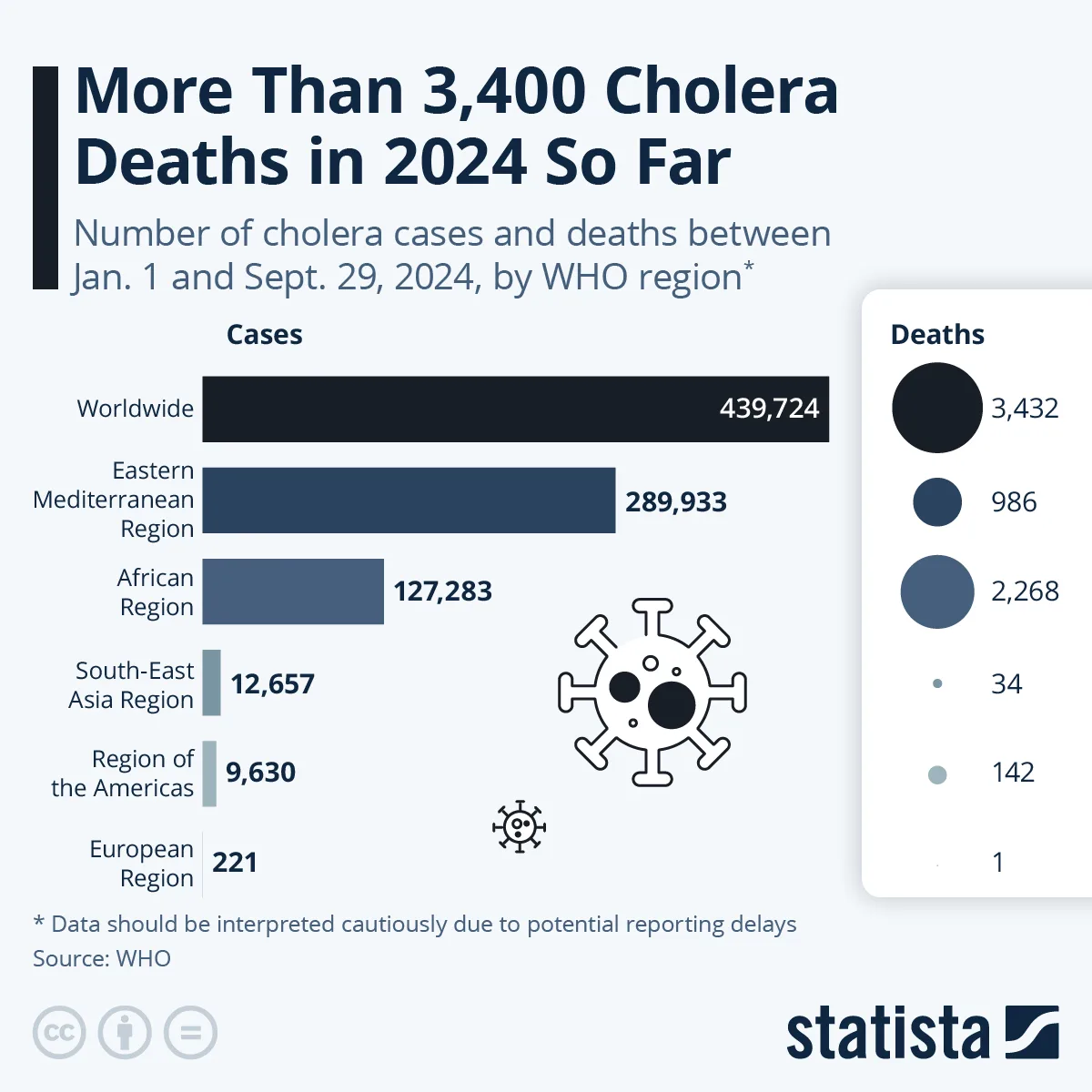This change was implemented by the World Health Organization (WHO) in an effort to reduce stigma and better reflect the scientific understanding of the disease.
Monkeypox was first identified in 1958 when outbreaks of a pox-like disease occurred in monkeys kept for research, which led to the initial naming.
However, the disease is not exclusive to monkeys; it primarily affects rodents and other small mammals, with occasional spillovers to humans.
The original name has been criticized for being misleading and contributing to racial and geographical stigmas.
Why the Name Change?
The decision to rename the disease as “Mpox” was driven by the need to avoid the negative connotations associated with the original name.
In recent outbreaks, particularly in 2022, the WHO noted that the term “monkeypox” had been used in a way that could reinforce harmful stereotypes, especially in African countries where the disease is more commonly found.
Health experts and advocacy groups pushed for a name that would be more neutral and less likely to cause stigma. The new name, “Mpox,” is intended to be a more accurate and culturally sensitive representation of the disease.
The transition to the name “Mpox” reflects a growing awareness of the importance of language in public health. By adopting a term that is less likely to cause harm, health authorities hope to improve public understanding and reduce the stigma associated with the disease.











